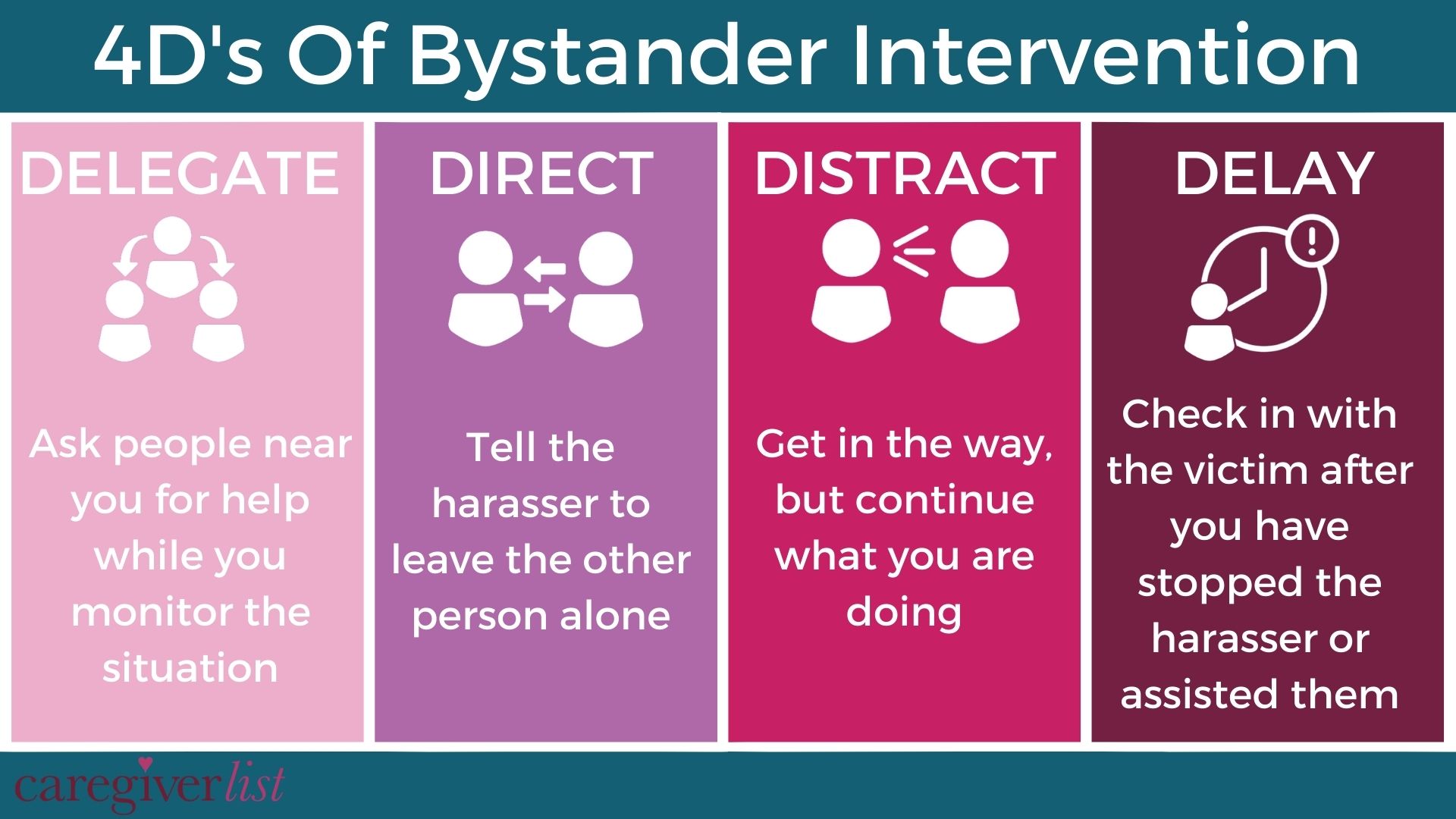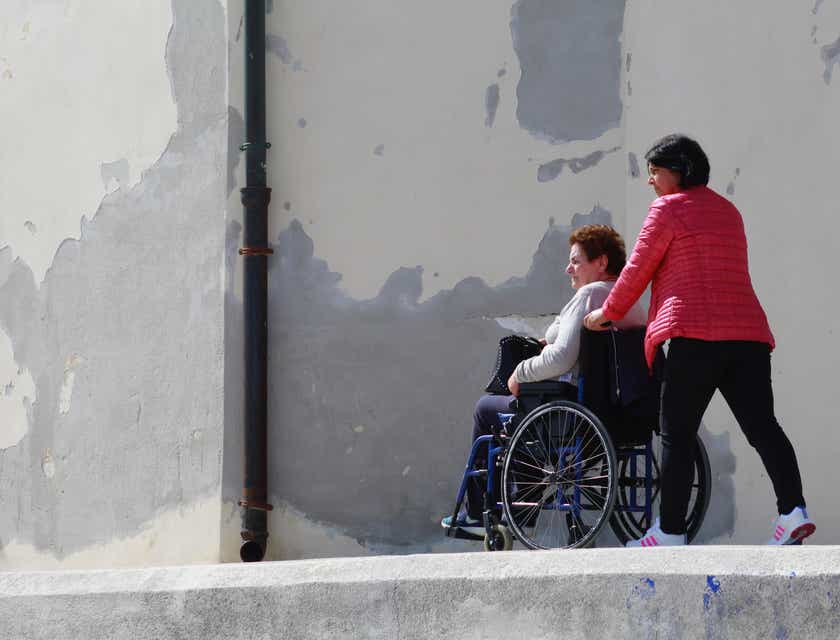The City of Chicago now requires the Bystander Intervention Model as an additional training for Sexual Harassment Prevention to help make the workplaces safer for everyone.
Did you know that 4 in 5 women and nearly 1 in 4 men experience sexual harassment in the workplace? Being an ACTIVE BYSTANDER plays an important role in promoting a safer, more supportive, and empathetic society. Bystander intervention refers to the act of stepping in and taking action to prevent or address a problematic or harmful situation, especially when someone is at risk or in need of help.
However, we are all HUMANS, and influenced by psychological, social, and situational factors we tend to ignore others that are in need of help when other people are present in the situation.
This is what we call the BYSTANDER EFFECT. Individuals are less likely to offer help or intervene in an emergency situation when other people are present. The presence of others can lead to a diffusion of responsibility, where individuals assume that someone else will take action, leading to a decreased likelihood of any single person stepping forward to assist.
Research Shows: When bystanders see another person in trouble,
If Alone, 75% of Bystanders Help
If in Group of People, only 31% Helped
Watch this video on Bystander Effect Examples and Experiments:
LET’S STOP BEING JUST A BYSTANDER, LET’S IGNORE NO MORE!
Here are the tips on how to SAFELY INTERVENE, remember the 4D’s:
Delegate: ask people around you for help while you monitor the situation
Distract: Draw attention away from the person harassing and casually engage with the person being harassed.
Direct: Directly respond to the harasser – ask them to leave the other person alone, say “This is inappropriate”, and ask the person if they need help or how you can help.
Delay: If immediate intervention is not possible or safe, consider delaying your response and use this time to seek help. Check in with the victim after the incident is over and offer some help.
As a Caregiver, it’s one of our duties and responsibilities to keep our professional skills up-to-date by taking training courses and certifications.







